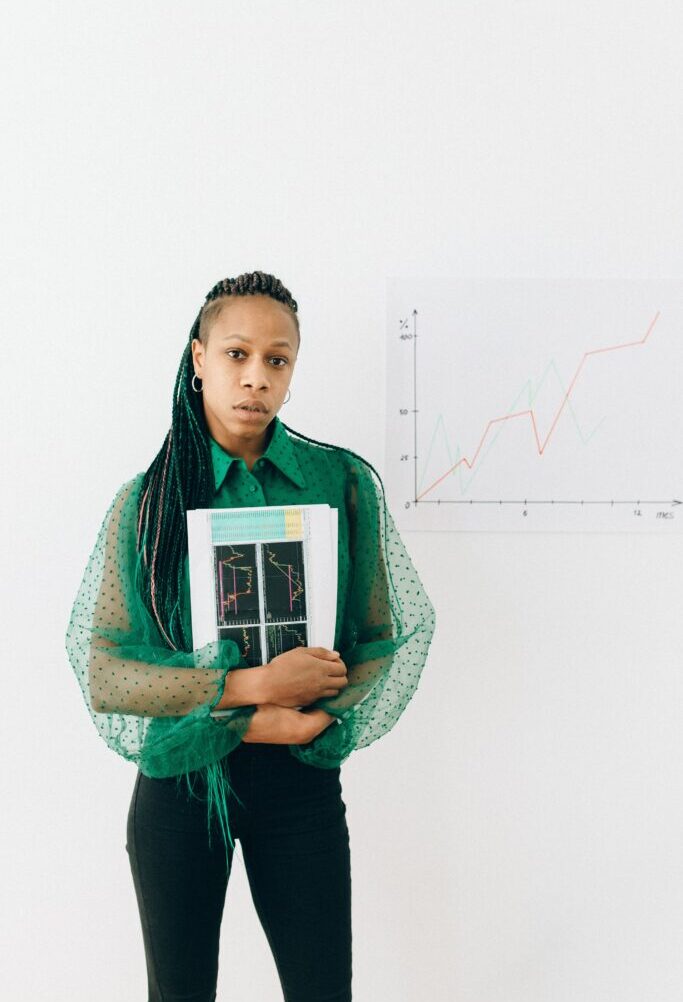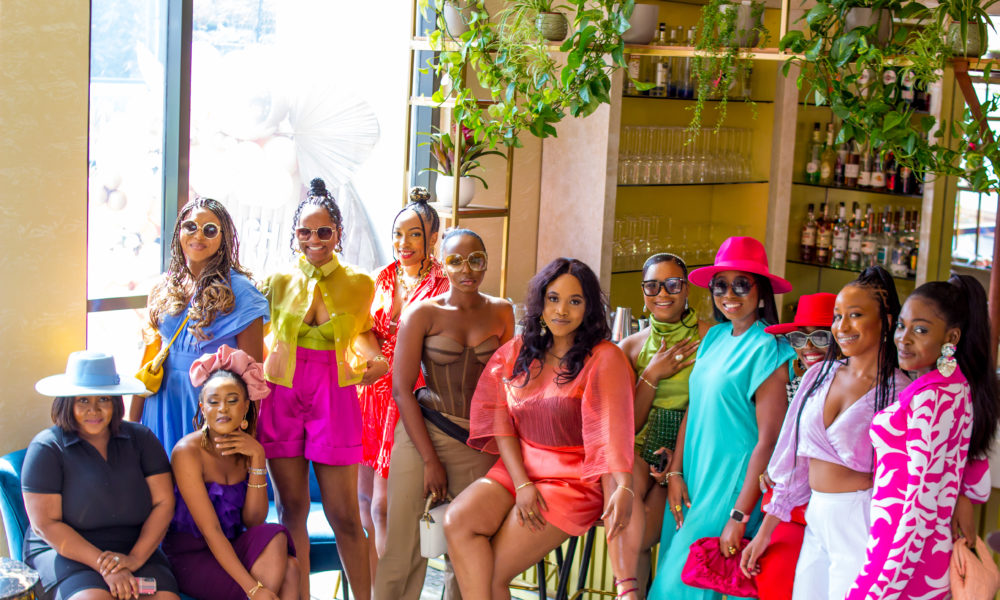
Taiwo, my co-founder at UforoChat, and I have been discussing growth strategies for our software sales, and it occurred to me that fashion entrepreneurs can also implement these growth strategies to sell their products. In this piece, I discuss how fashion entrepreneurs can utilize four common growth strategies to grow their businesses.

Before we delve in, let’s ensure we have a shared understanding. What does growth mean for a fashion entrepreneur? My simple answer is your business grows when sales and/or profit increase. To increase sales, you increase the number of products sold. To increase profit, you maximize revenue (sales volume x selling price) and minimize expenses. Essentially, these are the levers of growth.
In this article, I focus on increasing sales, specifically the four strategies you can use to increase sales, i.e., the number of products sold:
1. Sales-led strategy: The sales-led approach is most effective for wholesalers and large-size retailers, and it involves four essential components:
- Establish strong partnerships – Collaborate with retailers and wholesalers to increase the distribution and availability of your fashion products. You want your products to be available at multiple points of need or purchase. Partnerships are a sales volume lever.
- Create efficient sales and distribution channels – Develop efficient sales and distribution channels to reach a wider audience: offline and online. With efficient distribution, you can get your products to more customers and reduce costs. Fast is good, cheap is better, and fast and cheap is best. Distribution is a sales volume and cost lever.
- Build a high-performing sales team – Assemble a knowledgeable and skilled sales team, provide comprehensive training, and incentivize them to exceed sales targets. The team must be proficient at educating prospects and stakeholders along the distribution channel about the value of your product. A sales team is sales volume and selling price levers.
- Attend trade shows and fashion events – You participate in industry events to showcase your products, network, and secure partnerships. Remember, knowledge is power. The more people know about your products, the greater their potential value and demand. Events pull the selling price and sales volume levers.
2. Product-led strategy: The product-led approach is best suited for businesses where the selling point is the product’s quality, craftsmanship, and uniqueness. To succeed with this strategy, fashion entrepreneurs must tick three boxes to pull the selling price and sales volume levers:
- Understand the target audience – Identify potential customers’ preferences, needs, and aspirations and tailor products accordingly.
- Embrace creativity and distinctiveness – Create a distinct and consistent identity that captures the attention of global consumers.
- Prioritize quality and craftsmanship – Invest in maintaining the highest standards of craftsmanship, ensuring products are well-made, durable, and of superior quality.
3. Founder-led strategy: With this strategy, the personal brand and influence of the brand’s founder or key personalities become the driving force. For a founder-led approach to be successful, the founder must have a strong personal brand, which is why the strategy is great for celebrities or influencers who want to launch or grow fashion brands. The founder-led approach involves deploying three forms of leverage:
- Leverage brand persona – By embodying the brand’s values, aesthetic, and messaging, the founder becomes an authentic ambassador, building customer trust and loyalty. A brand persona is a sales volume and cost lever.
- Leverage influence – By positioning as a fashion authority, the founder elevates the brand’s visibility and credibility, attracting potential customers, partners, and collaborators. Influence is a selling price lever.
- Leverage networks – By leveraging relationships with industry insiders, influencers, celebrities, and other stakeholders, the founder accelerates fashion sales. Networks are a sales volume lever.

4. Marketing-led strategy: The marketing-led approach works great for all types of fashion businesses. It’s all about making noise! The strategy requires entrepreneurs to invest in strategic marketing and promotional efforts to boost brand awareness and attract new customers. Fashion entrepreneurs who succeed with this strategy know how to leverage digital channels effectively:
- Enhancing digital presence – Establish a strong social media and web presence, using content to engage prospects. Digital presence can pull the selling price and sales volume levers.
- Utilizing captivating visuals – Employ visually pleasing images and videos to capture attention, evoke emotions, and create desire. Visuals can pull the selling price and sales volume levers.
- Executing effective digital campaigns – Implement tailored marketing campaigns across email, social media, web, messaging, and other channels. Digital campaigns can pull the sales volume levers.
- Crafting a compelling brand identity – Harness the power of storytelling to weave captivating narratives that endear the brand to customers. Brand identity can pull the selling price levers.
While each strategy comes with its own rules and nuances, the key to succeeding in growth efforts is to set realistic goals, determine the approach you want to employ, outline specific activities for execution, and take consistent action. With a solid plan and persistence, big wins are achievable!
Source link




